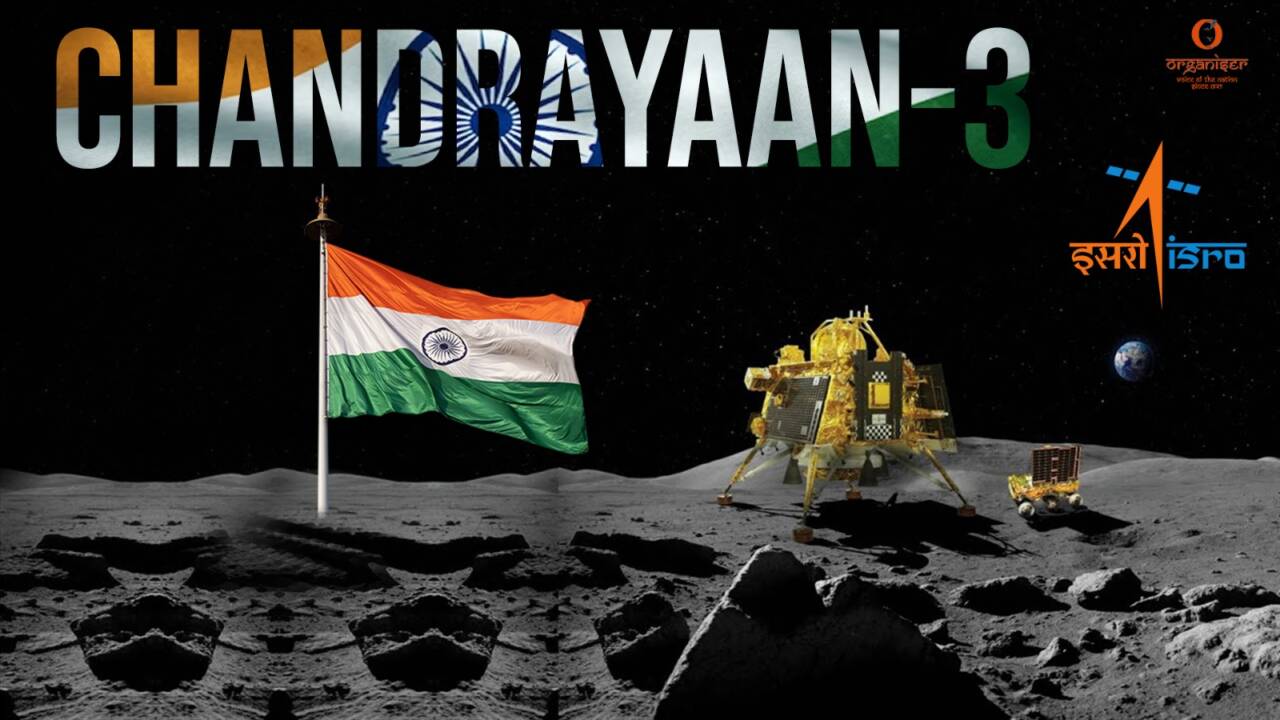India’s space exploration endeavors have consistently showcased its aspiration to stand alongside global giants. By being the first country to soft-land near the moon’s south pole region, India has made a bold departure from earlier missions that primarily focused on the equatorial areas. The mission’s success is not just about landing on the moon; it’s about resilience, innovation, and the relentless pursuit of knowledge. India’s dedication to re-attempting this challenging mission showcases the nation’s determination to push boundaries. The success brought valuable data about the lunar surface, paving the way for further explorations and potentially future lunar settlements. Moreover, the indigenous development of technology fostered an environment of innovation, research, and inspiration for future generations of scientists, engineers, and ordinary citizens.
But we should not celebrate and understand Chandrayaan-3 only as a scientific achievement, but also as a national and civilizational moonshot. This moment is an invitation to reflect on the intricate relationship between science and the society out of which it emerges, with many valuable lessons to offer.
Inspiring Young Minds
The success of Chandrayaan-3 reverberated through classrooms and homes across India, with countless young eyes glued to screens, witnessing a historic moment. The mission’s success, though grand, is symbolic of more profound implications. With a burgeoning youth population, India stands on the precipice of a new era of innovation. The world’s largest youth demographic resides here, and Chandrayaan-3 has offered them more than just a scientific marvel; it has provided them with a vision of what’s achievable.
The engagement of the youth in the mission’s success points to the untapped potential in these young minds. Schools and universities now have a golden opportunity to channel this interest. Curricula emphasizing space science, astrophysics, and aerospace engineering could propel India to the forefront of global space research in the coming decades. Moreover, the mission, by capturing the imagination of the young, might steer them toward careers in STEM fields including fundamental research in subjects such as materials science, astronomy, and communications, ensuring India’s continued growth and leadership in global science and technology sectors.
National Integration
In a vast and diverse nation like India, moments that unify the masses are invaluable. Chandrayaan-3 provided such a moment. With an astonishing 8 million concurrent viewers during its landing, the mission showcased more than India’s technological capabilities; it demonstrated the country’s unity in diversity.
At a time where the digital space often amplifies divisions, the shared enthusiasm and pride for Chandrayaan-3 transcended boundaries, be they geographical, linguistic, or cultural. This unity, founded in a collective achievement, underscores the importance of positive nationalism. While regional and cultural identities are vital, national successes, like the Chandrayaan-3 mission, provide an overarching sentiment of unity and pride that binds the country.
Long-term Thinking
ISRO’s journey, culminating in the success of Chandrayaan-3, is a story of visionary thinking. From its inception, ISRO harbored ambitions that went beyond the immediate horizon. While it began with modest resources, its vision was always grand, looking at space exploration as a means to propel India onto the world stage.
The Chandrayaan and Mars Orbiter missions are not isolated feats but part of a consistent trajectory that speaks volumes of India’s commitment to long-term growth in space exploration. The foresight to invest in such ventures, understanding their potential implications, and persevering despite challenges showcases a blend of ambition and pragmatism. Chandrayaan-3, following the lessons learned from its predecessors, has instilled in the nation a belief in the importance of persistence, resilience, and vision. The mission’s success illustrates that setbacks are but stepping stones to grand achievements when underpinned by a long-term perspective.
Economic Impact and Global Stature
Beyond societal implications, Chandrayaan-3 carries substantial economic and international significance. The mission accentuates India’s capability to execute complex projects, enticing global collaborations and investments. The technological advancements and innovations arising from such projects foster an ecosystem conducive for startups and industries in satellite technology, space exploration, and allied sectors.
Internationally, India’s endeavors position it as a significant player in space exploration. This stature isn’t just symbolic; it facilitates partnerships, trade agreements, and collaborative missions, opening avenues previously unexplored. Moreover, this leadership role in space endeavors enhances India’s influence in global policy-making, reinforcing its stature in international consortiums and councils.
Conclusion
India’s Chandrayaan-3 success isn’t merely a triumph of technology; it’s a testament to human spirit, collaboration, and the timeless pursuit of knowledge. It emphasizes the symbiotic relationship between science and society. While science propels society forward with innovations, society provides the foundation, resources, and ethos for these scientific endeavors. Chandrayaan-3’s success, while an astronomical feat, resonates deeply within societal, economic, and global contexts. It kindles the aspirations of the youth, exemplifies national unity, showcases the results of visionary thinking, and underscores India’s growing economic and global influence. Such milestones remind us that space exploration, while an outer-world endeavor, has tangible and profound implications on our present and future as a nation. As India charts its future course in space exploration, it’s crucial to recognize and harness the potential of such achievements in shaping both science and society.
(The views expressed are the author's own and do not necessarily reflect the position of the organisation)

